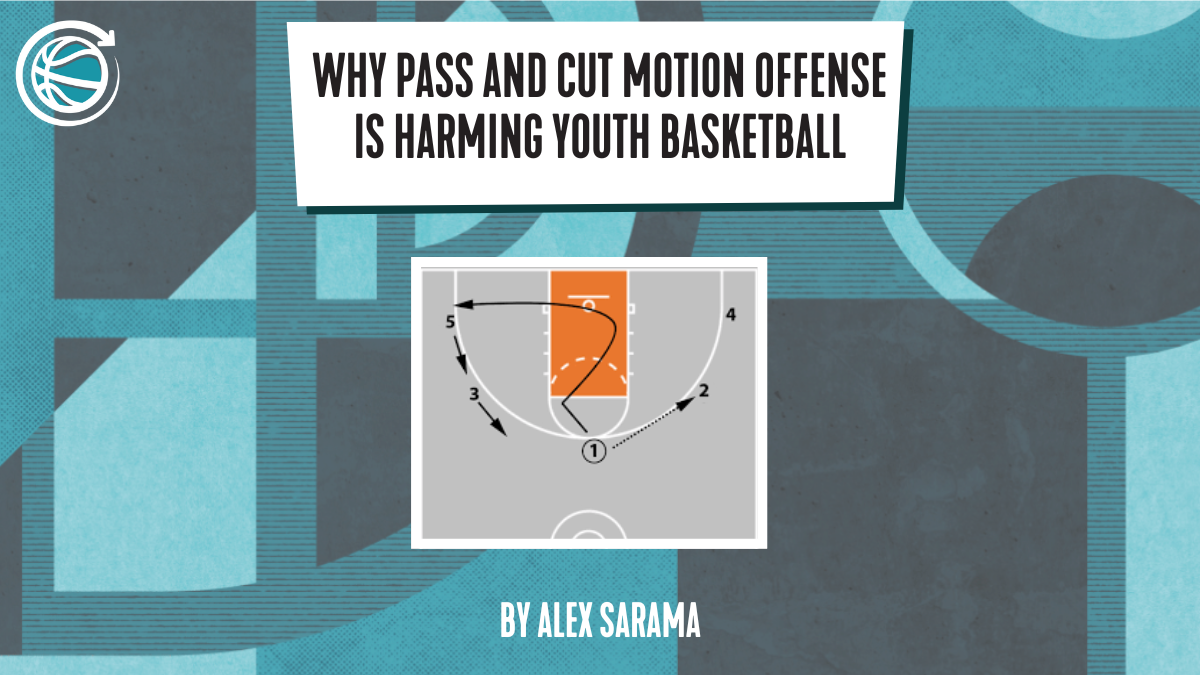Why Do we Not Use 1-on-0 at Transforming Basketball?
We frequently get asked about why we refrain from using 1-on-0 drills at Transforming Basketball, and more specifically, why we are so against how it is commonly used. Common basketball drills such as two ball dribbling, as well as specific dribble moves such as cross-jabs, dribble counters etc, are simply irrelevant within how we view basketball performance and the role of the coach within the 21st Century.
The first reason as to why we hold this viewpoint is because of how traditional 1-on-0 tasks fail to align with contemporary skill acquisition ideas. There is no ‘central controller’ in the brain which determines what movements a basketball player will use and when. Basketball players do not store techniques in their body, and then magically pull these out at the right times in the game! If we know this about human movement, then why do so many coaches and trainers continue to work in a contradictory manner to what we know about the human body?

Sadly, this ‘black box’ theory is a false presumption that many basketball practices are based upon. Players will commonly rehearse techniques in finishing, dribbling, shooting etc., over and over again. Coaches then hope players will know when and how to use them at the right time within the game. It sounds great, but unfortunately understanding skills means it is not as simple as this. It therefore comes as little surprise that the ways moves are taught leads to players consistently transferring these moves into their real game environments.
This is why we consider it to be essential for basketball coaches to have a robust theoretical underpinning for why and how they coach. By adopting an ecological dynamics rationale, it allows coaches to understand what skill in basketball really is. An ecological approach informs us that emergent behaviours (skills) occur as a result of interactions with the player and their environment.
DOWNLOAD OUR PLAYER DEVELOPMENT PLAN TEMPLATE
Behaviours are therefore shaped by the presence of interacting constraints (Button et all, 2020; Renshaw & Chow, 2019). Doing two-ball dribbling, dribbling around cones and repping out moves 1-on-0 are all extremely limiting as these tasks feature none of the representative information found in a real game. As such, without an opposition and/or teammates, there are no opportunities for authentic perception-action couplings to develop. With nothing to perceive, a ball handler simply has nothing to couple their actions to.
Is there an exception to using 1-on-0? Differential learning serves as an obvious example, as well as if a professional player specifically asks for it. However, the rationale for doing such tasks is very different to how most coaches use traditional forms of 1-on-0. For instance, within a DL approach there is maximum variability, with perception and action decoupled in order to increase the solution space, and promote more adaptability when players are immersed again in CLA practice tasks.
Ultimately, we did not decide one day to ‘be difficult’ and challenge many of the entrenched methodologies within the basketball world just because we felt like it. Everything we do is based on the work of skill acquisition researchers and academics who have done the hard work for us. With all this material readily available, the only questions we pose to coaches is “why would we not want to benefit from research to improve our coaching and ultimately, our players?”
Learn more about how you can use constraints to avoid reverting to 1-on-0…

Aug 12, 2024
Alex Sarama



